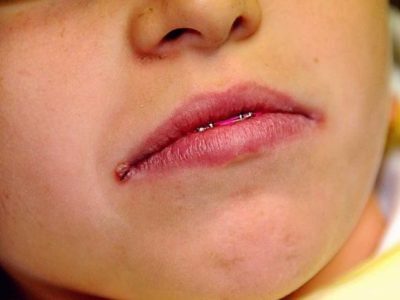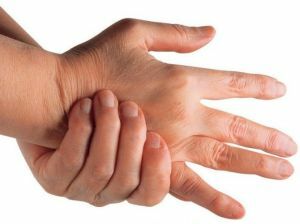 Hemigipesthesia is considered one of the most common symptoms in neurology. It is observed in almost every patient who has suffered a stroke.
Hemigipesthesia is considered one of the most common symptoms in neurology. It is observed in almost every patient who has suffered a stroke.
The term "hemihyesthesia" means a decrease in sensitivity from one side of the trunk - left or right.
All the sensations a person experiences are related to the work of the central nervous system. The sensitivity function is necessary in order to perceive information from the environment and respond to various effects.
Functions and anatomy of the receptor departments of
Receptor departments are located on the entire surface of the body, as well as in internal organs.
They are divided into several types:
- exteroreceptors perceive surface irritations, they are responsible for pain, tactile and temperature sensitivity;
- interoreceptors are located in internal organs;
- proprioceptors are necessary for spatial sensations - the stress of skeletal muscles, the change in body position.
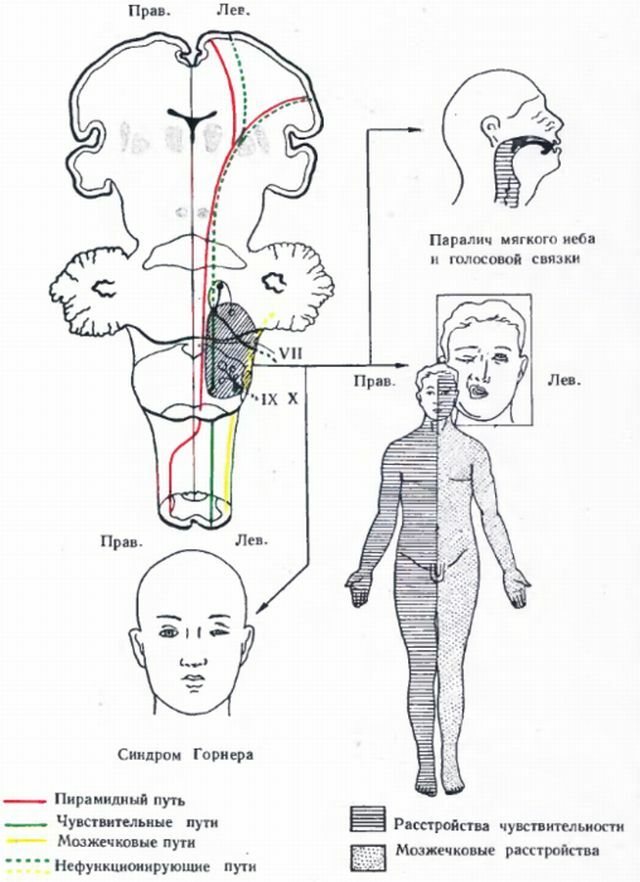
Reflective arcs of surface and deep sensitivity are different. When a pulse signaling pain or temperature irritation arrives, the signal is sent to the spinal cord. There is also 2 neurons of the reflex arc.
Next, the nerve fiber passes through the segments of the spinal cord and crosses. Rising up, the impulse enters the 3 neurons, which is in the visual hillock. From there, the signal enters the cortical compartment - the posterior central gyrus and the parietal region.
The first neuron of deep sensitivity, like the surface one, is in the spinal cord. From there, the impulse is directed to the medulla oblongata. The second link of the reflex arc is located in the nuclei of the posterior columns. At this point a medial loop is formed - a cross of nerve fibers. The third neuron is located in the nucleus of the visual hillock. Further, the fibers are subdivided: some of them are directed to the central gyrus, part to the cerebellum and parietal region.
Etiology and pathogenesis of
Hemiptysisis develops when one of the links of the reflex arc is affected. With injuries in the upper parts of the nervous system( cortex, oblong brain), a decrease in sensitivity occurs on the opposite side due to the cross-pathways. So, if a person is struck by a left-sided stroke, then hemi-hypoesthesia will be right-sided.
If the disorders occurred at the level of the spinal cord, then the loss of sensitivity covers the side that was affected.
The causes of decreased sensitivity include: 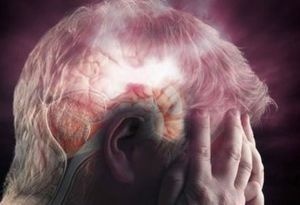
- stroke;
- head and spine injuries;
- Neuroinfections and inflammatory lesions;
- ischemia of the region of the brain or spinal cord;
- squeezing fibers with neoplasms or a hernia of the spine;
- degenerative processes in the central nervous system and brain.
Damage to nerve structures in case of sensitivity disorders
Most often, hemihepesthesia develops after acute impairment of blood supply in the brain. In the case of a stroke in the right divisions, sensitivity is lost on the left side of the trunk, and vice versa. Surface sensations decrease on the side of the lesion lesion in spinal cord injuries.
Deep sensitivity is lost on the same side if the violation occurred below the level of the medial loop - before the cross.
Types of sensitive disorders
There are several types of sensitivity disorders:
- Hyperpathy( hyperesthesia) .Characterized by a reduction in pain threshold. Any touch causes a strong reaction.
- Hypostasia - decreased sensitivity.
- Paresthesia .Characterized by a sensation of tingling, tingling.
- Anesthesia is a complete loss of the ability to feel. There can be a fallout of certain types of sensations( temperature, tactile).
- Allochaeria .If an area of the body is irritated, unpleasant sensations are projected onto the opposite side.
- Dysaesthesia - distortion of perception.
- Analgesia - loss of pain sensitivity.
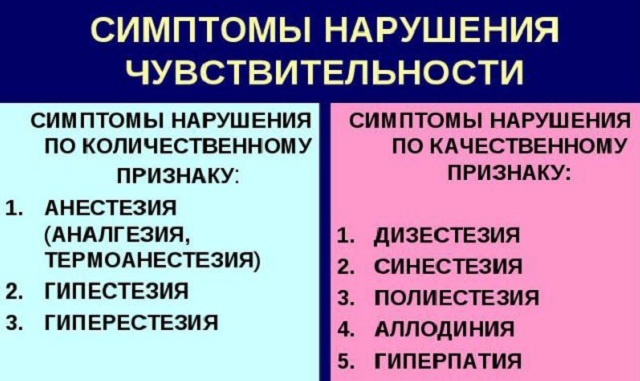
Symptomatic
The loss of the ability to perceive sensations on one half of the body can manifest itself in different ways. It depends on what level the defeat has developed. The following symptoms may occur:
- Sensory depression in the transverse sections of the body of the , in the hands and feet, loss of circular sensory areas on the face and in the genital area. These characteristics characterize the segmental type of disorder.
- Impossibility to feel the movement of your body .It develops according to the conductor type in pathological processes in the cords of the spinal cord.
- Loss of sensitivity below the affected lesion .
Patients may also be concerned about symptoms of intoxication in inflammatory and infectious diseases, motor disorders, speech changes, strabismus, facial distortion, etc.
Diagnosis and treatment methods
Diagnosis is made when performing a neurological examination. This syndrome is not considered an independent pathology, but occurs against a background of some disease. The methods of treatment include: 
- etiotropic therapy - vascular drugs, nootropics;
- B vitamins to improve metabolism in nervous tissue;
- musculature development - training of habitual movements of hands and feet;
- massage is an insensitive area.
To prevent this syndrome, it is necessary to avoid traumatic factors, to consult a doctor in case of diseases of the osteoarticular system.
At increased risk of ONMC( acute cerebrovascular accident) it is important to monitor blood pressure, take antiaggregant drugs, normalize body weight and abandon bad habits.



